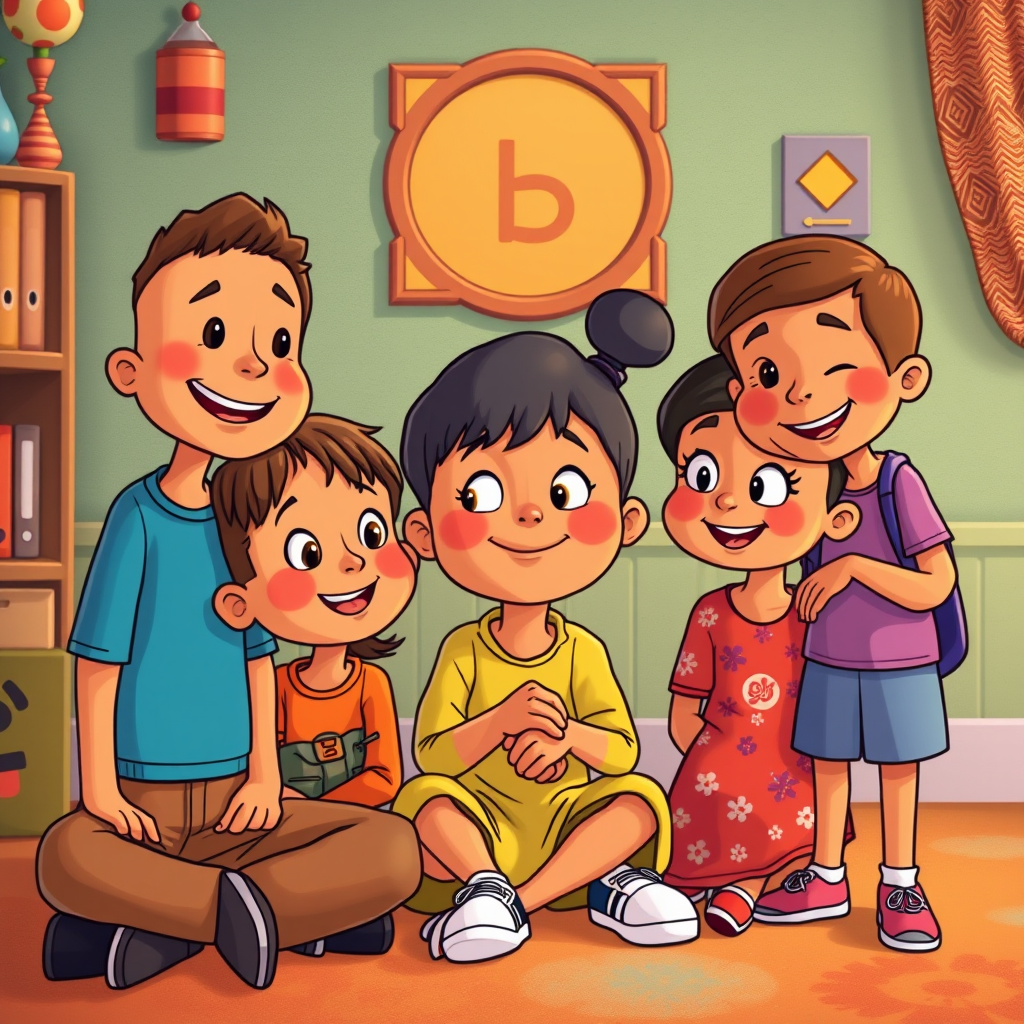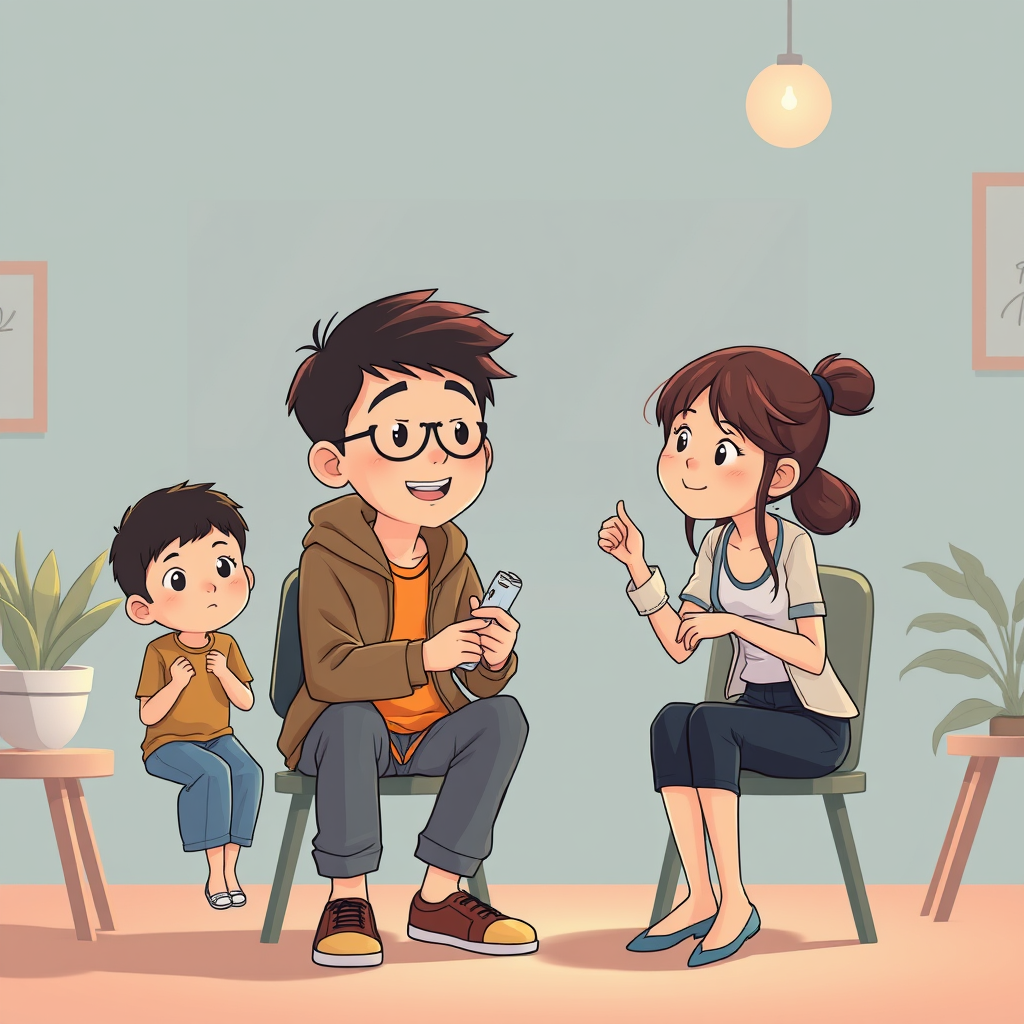
Why Social Awkwardness Can Feel So Overwhelmingly Uncomfortable
Understanding Social Awkwardness
The Psychology Behind Discomfort in Social Situations
Social interactions can be natural and effortless for some, but for others, they feel uncomfortable, tense, or even overwhelming. Social awkwardness is a common experience, affecting people across different ages and backgrounds. But what causes this feeling, and why do certain situations make us uneasy? The psychology behind social awkwardness reveals deeper insights into human connection, self-perception, and how the brain processes social dynamics.
What Is Social Awkwardness?
Defining Social Discomfort
Social awkwardness occurs when someone feels out of place or unsure how to respond in a social situation. It can range from mild discomfort in conversation to a deep fear of saying the wrong thing or misreading cues.
How the Brain Reacts to Awkwardness
The brain’s social processing centers—especially the prefrontal cortex—work to interpret facial expressions, body language, and conversation flow. When there’s uncertainty or a misinterpretation of cues, the brain signals discomfort, triggering awkwardness.

Why Do People Experience Social Awkwardness?
Lack of Social Practice or Exposure
Individuals who haven’t had much experience with socializing may struggle to interpret norms or feel confident in interactions, leading to unease.
Overthinking and Self-Consciousness
When people become hyper-aware of their words or actions, they often create unnecessary pressure on themselves. This self-monitoring can make interactions feel unnatural and force awkward moments.
The Role of Anxiety in Social Awkwardness
How Social Anxiety Amplifies Awkwardness
Social anxiety disorder involves intense fear of social judgment or embarrassment. Those with social anxiety often anticipate negative outcomes in interactions, making awkwardness feel magnified.
Managing Social Anxiety Through Exposure
Gradually engaging in social situations, learning relaxation techniques, and using cognitive behavioral strategies can help reduce anxiety and make interactions feel more natural.

How Social Awkwardness Affects Relationships
Struggles with Making Connections
Social awkwardness can make initiating conversations, forming friendships, or maintaining relationships more difficult. However, understanding communication patterns helps build confidence.
Why Awkwardness Can Be Endearing
Some people find social awkwardness relatable or charming. When approached with humor and authenticity, it can make interactions feel more genuine and engaging.
The Link Between Introversion and Social Awkwardness
How Introverts Process Social Situations Differently
Introverts often experience social awkwardness due to their preference for solitude or deep conversations over small talk. They may struggle with overstimulation in large gatherings, leading to discomfort.
Why Introverts Excel in One-on-One Interactions
While introverts may feel uneasy in group settings, they often thrive in deep, meaningful conversations. Their ability to listen and engage thoughtfully helps build strong relationships.
The Impact of Social Norms on Awkwardness
How Different Cultures Shape Social Expectations
Social norms vary across cultures, influencing how people interact and perceive awkwardness. What feels uncomfortable in one country may be normal in another, highlighting the role of cultural conditioning.
Why Breaking Social Rules Leads to Discomfort
People feel awkward when they unintentionally violate social expectations, such as interrupting a conversation or failing to recognize a greeting custom. This disconnect between expected behavior and actual response triggers discomfort.
Social Awkwardness in Professional Settings
Challenges of Navigating Workplace Interactions
Office environments require social skills for collaboration and networking. Employees who struggle with social awkwardness may find meetings, presentations, or casual workplace conversations challenging.
Strategies for Overcoming Professional Social Discomfort
Learning structured communication techniques, preparing for conversations, and gradually engaging in small workplace interactions can ease social discomfort in professional settings.

How Technology Influences Social Awkwardness
The Rise of Digital Communication and Reduced Face-to-Face Interaction
Texting and social media have changed how people communicate, reducing real-time face-to-face interactions. Some individuals may struggle with in-person conversations due to reliance on digital messaging.
How Social Media Can Exacerbate Social Anxiety
Online interactions often lack immediate nonverbal cues, making social dynamics harder to interpret. Fear of online judgment can worsen social anxiety, influencing how people engage offline.

How to Embrace Awkwardness and Build Social Confidence
Learning to Accept Moments of Discomfort
Awkwardness is a universal experience—everyone encounters it at some point. Accepting occasional awkwardness rather than fearing it can help individuals approach interactions with greater ease.
Using Humor and Authenticity to Overcome Social Discomfort
Laughing off awkward moments and embracing authenticity can make interactions feel more natural. Confidence grows when individuals learn to navigate discomfort with self-assurance.
Conclusion
Social awkwardness is a common experience shaped by personality, social exposure, and cognitive processes. While it can feel uncomfortable, understanding its psychological roots can help individuals navigate interactions with more ease and confidence. Whether through self-awareness, relaxation techniques, or practice, social awkwardness can evolve into meaningful social connections.
Join the Conversation!
What social situations make you feel awkward?







3 thoughts on “Why Social Awkwardness Can Feel So Overwhelmingly Uncomfortable”